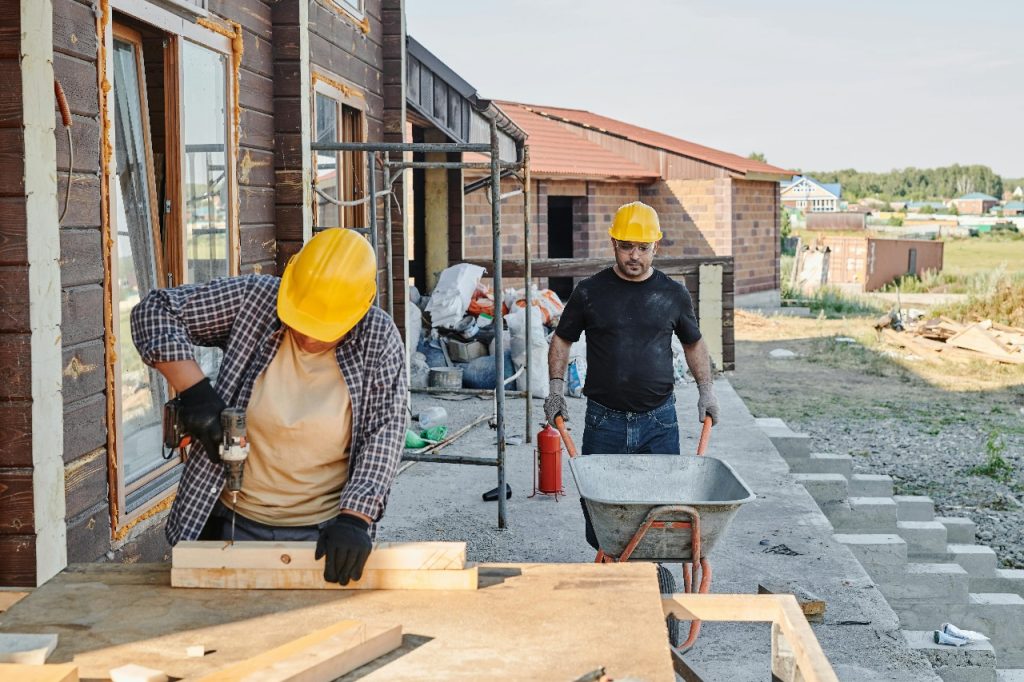How Austin Construction Is Embracing Renewable Energy Solutions

Austin, Texas, is widely recognized as a progressive city with a strong commitment to sustainability and clean energy. As the construction industry in Austin continues to grow rapidly, it is simultaneously embracing renewable energy solutions that help reduce environmental impact, increase building efficiency, and meet the demands of eco-conscious clients and regulators.
The integration of renewable energy in austin construction is not just a trend—it’s becoming a foundational strategy that influences design, materials, and project execution. In this article, we explore how Austin’s builders and developers are incorporating renewable energy solutions, the benefits these technologies bring, and what the future holds for sustainable construction in the city.
The Drivers Behind Renewable Energy Adoption in Austin Construction
City and State Sustainability Goals
Austin’s commitment to renewable energy is anchored by ambitious local and state policies. The city’s Austin Energy utility has a goal to achieve net-zero greenhouse gas emissions by 2050, with interim targets to increase renewable energy sourcing.
Builders and developers must align with these policies to secure permits, incentives, and community support, making renewable energy adoption a practical necessity in Austin construction.
Growing Demand from Tenants and Buyers
Modern tenants and homebuyers increasingly prioritize green buildings that offer lower utility costs and reduced carbon footprints. In response, builders in Austin are integrating solar panels, energy-efficient HVAC systems, and advanced insulation to meet this demand and enhance property values.
Economic Incentives and Rebates
Austin offers various incentives to promote renewable energy integration, including:
- Rebates for solar panel installation
- Tax credits and property exemptions
- Grants for energy-efficient building technologies
These financial benefits help offset upfront costs, making renewable energy solutions more accessible for construction projects of all sizes.
Key Renewable Energy Solutions in Austin Construction
Solar Power Integration
Solar energy is the most widely adopted renewable solution in Austin construction projects.
- Residential Solar: New homes often feature rooftop solar panels designed to maximize energy generation.
- Commercial Solar: Large-scale solar arrays on office buildings and industrial facilities reduce operating costs and support sustainability goals.
- Community Solar Projects: Developers sometimes participate in shared solar programs to provide renewable energy access beyond individual properties.
Energy-Efficient Building Design
Beyond generating clean energy, Austin construction emphasizes reducing energy demand through design strategies, such as:
- Passive solar design to optimize natural light and heating
- High-performance windows and insulation materials
- Smart building systems that manage energy use dynamically
These design approaches complement renewable energy installations and enhance overall building performance.
Incorporation of Energy Storage
Energy storage technologies like battery systems are increasingly integrated to store excess solar energy for later use, improving energy reliability and reducing grid dependence. Builders are beginning to include these systems in new developments to future-proof buildings against power fluctuations.
Case Studies: Austin Construction Projects Leading the Renewable Energy Charge
The Domain Northside
This mixed-use development incorporates solar panels on commercial rooftops and uses energy-efficient design to reduce overall consumption. The project sets a standard for sustainable urban construction in Austin’s rapidly expanding northern corridor.
Mueller Community
The Mueller neighborhood is a master-planned community with strict sustainability guidelines, including widespread solar adoption, water conservation measures, and green infrastructure. Construction here highlights how renewable energy can be embedded within large-scale urban planning.
Challenges and Solutions in Adopting Renewable Energy
Upfront Costs and Budget Constraints
Initial investments in renewable energy systems can be high, posing challenges for some developers. However, Austin construction companies are leveraging financing programs, incentives, and innovative contracting models like power purchase agreements (PPAs) to manage costs.
Technical Integration and Expertise
Incorporating renewable energy requires specialized knowledge in design, installation, and maintenance. Builders partner with experienced engineers, architects, and energy consultants to ensure seamless integration and compliance with codes and standards.
The Future of Renewable Energy in Austin Construction
As technology advances and regulatory pressures increase, renewable energy solutions will become even more integral to Austin construction. Emerging trends include:
- Net-Zero Energy Buildings: Structures that generate as much energy as they consume annually.
- Electric Vehicle (EV) Infrastructure: Charging stations integrated into residential and commercial projects.
- Smart Grids and IoT: Enhanced energy management through interconnected building systems.
Associated Builders and Contractors (ABC) in Austin plays a crucial role in educating and equipping industry professionals to lead in these innovations, fostering a skilled workforce ready to build the city’s sustainable future.
Conclusion: Building a Greener Austin Through Renewable Energy
Austin construction is embracing renewable energy solutions with enthusiasm and purpose, reflecting the city’s commitment to sustainability and innovation. From solar power to energy-efficient designs, these technologies reduce environmental impact, lower operating costs, and create healthier living and working environments.
For builders and contractors in Austin, integrating renewable energy is not only an opportunity to differentiate themselves but a responsibility to contribute to the city’s long-term resilience and prosperity.
Staying informed about renewable energy advances and leveraging programs from local utilities and organizations like ABC will position construction professionals to thrive in Austin’s evolving market and help shape a cleaner, greener city for generations to come.




